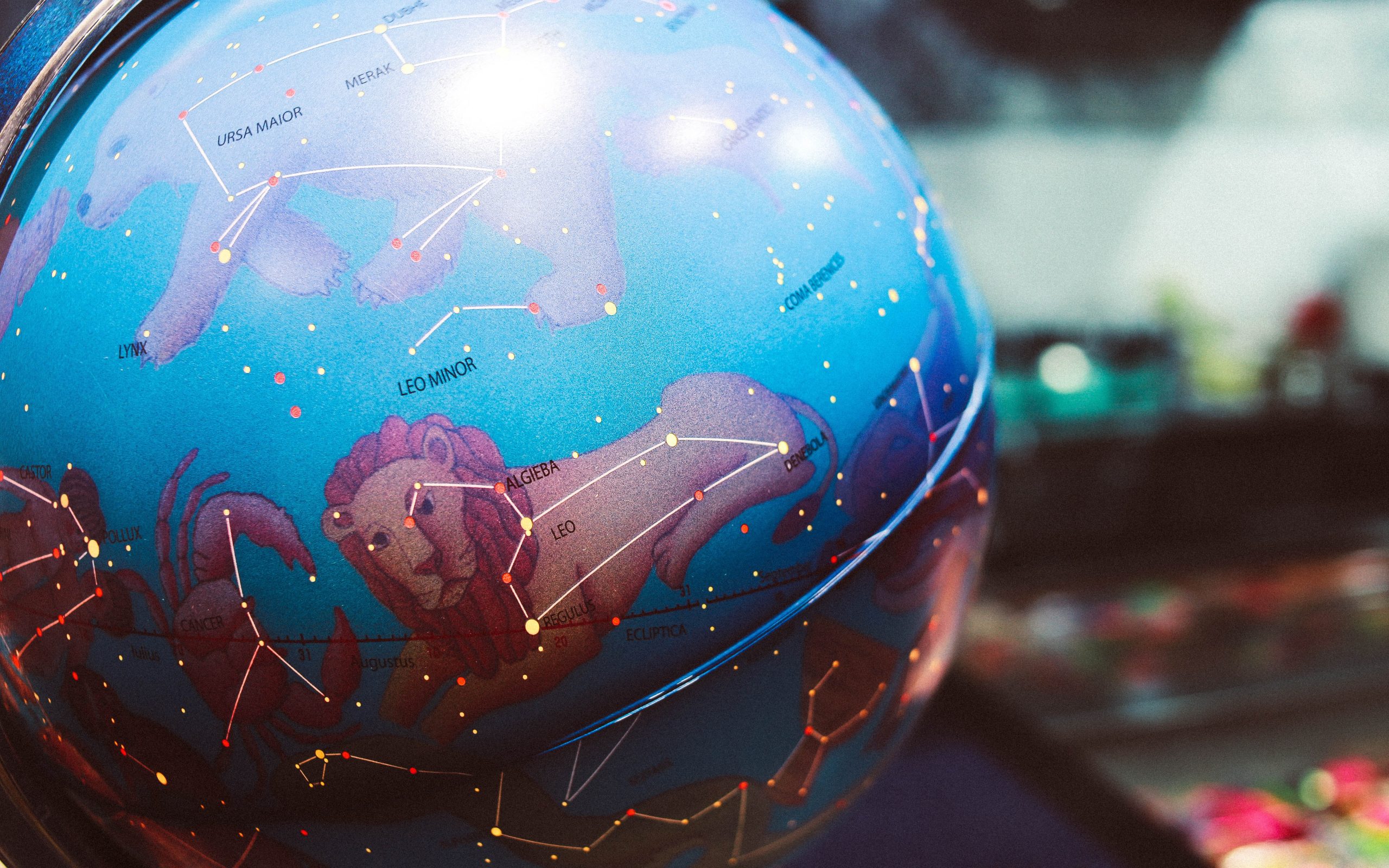What is Tarot? Exploring the Ancient Art of Divination
Throughout history, humanity has sought various methods to gain insight into the hidden dimensions of life. One such powerful tool for divination and self-discovery is the Tarot. Often misunderstood and misinterpreted, the Tarot is a deck of cards that holds a vast amount of symbolism, wisdom, and guidance. In this article, we will delve deeply into the origins, structure, and usage of Tarot, unraveling the mystery behind this ancient art form.
The Origins of Tarot
The precise origins of Tarot remain shrouded in mystery, with multiple theories and speculations abounding. Some believe that Tarot cards originated in ancient Egypt, others trace its lineage to ancient China, while many maintain its roots lie in medieval Europe. The consensus, however, is that Tarot as we know it today originated in Europe during the 15th century.
Originally, the Tarot was not primarily associated with divination. It primarily served as a playing card game, similar to modern-day bridge or poker. Over time, Tarot evolved into a tool for divination, self-reflection, and personal growth.
The Structure of Tarot Deck
A traditional Tarot deck consists of 78 cards, divided into two main groups: the Major Arcana and the Minor Arcana.
The Major Arcana
The Major Arcana comprises 22 cards, numbered from 0 (The Fool) to 21 (The World). Each card represents a significant archetype or life experience. From The Magician to The High Priestess, The Emperor to The Empress, each card carries profound symbolism and meaning.
The Major Arcana cards often depict allegorical scenes or characters with profound spiritual, psychological, and emotional significance. They explore the different stages of human existence, from birth to death, and everything in between. These cards reflect the universal human experiences that resonate with people across cultures and generations.
The Minor Arcana
Comprising the remaining 56 cards, the Minor Arcana is divided into four suits: Cups, Wands, Swords, and Pentacles. Each of these suits corresponds to a specific elemental energy and represents different areas of life.
| Suit | Element | Representation |
|---|---|---|
| Cups | Water | Emotions, love, relationships |
| Wands | Fire | Passion, creativity, ambition |
| Swords | Air | Intellect, communication, conflict |
| Pentacles | Earth | Material possessions, wealth, practicality |
Each suit consists of 10 numbered cards (Ace to 10) and four court cards: Page, Knight, Queen, and King. Together, these cards provide detailed insights into specific aspects of our lives, offering practical guidance and reflection.
Using Tarot for Divination
Divination, the practice of seeking insight into the future or the unknown, is one of the primary applications of Tarot. Through the act of shuffling and drawing cards, individuals gain access to their subconscious mind, tapping into the universal energy that surrounds us all.
When using Tarot for divination, it is essential to approach the practice with reverence and a genuine intention to seek guidance. Tarot is not a magic crystal ball that predicts the future with absolute certainty. Instead, it offers potential scenarios, insights, and possibilities based on the energies at play in one’s life.
During a Tarot reading, the cards drawn form a unique spread, such as the popular Celtic Cross spread or the simple three-card spread. Each position in the spread holds specific meaning, representing aspects of the past, present, and future, as well as influences and potential outcomes.
Interpreting Tarot Cards
Interpreting Tarot cards requires a combination of knowledge, intuition, and personal experience. Every card in the Tarot deck carries layers of symbolism and offers multiple interpretations. Some readers rely on traditional meanings associated with each card, while others develop their own personalized interpretations based on their deep connection with the deck.
It is crucial to consider both the individual card’s meaning and its interaction with other cards in the spread. The position of the card in the spread also influences its interpretation. A card appearing in the past position might signify the influence of past experiences, while a card in the future position may indicate potential outcomes or future developments.
Tarot as a Tool for Self-Reflection and Growth
Beyond divination, Tarot is a powerful tool for self-reflection, personal growth, and introspection. It can serve as a mirror to our innermost thoughts, feelings, and beliefs, allowing us to gain clarity and insight into ourselves and our lives.
Using Tarot for self-reflection involves drawing cards and meditating on the messages they convey. The imagery and symbolism of the cards can trigger deep introspection, helping us uncover hidden aspects of ourselves and areas that require attention or healing.
By exploring our own patterns, limiting beliefs, and desires through Tarot, we can embark on a journey of personal transformation and growth. Through repeated use and careful self-reflection, Tarot can become a trusted companion on our path to self-discovery.
Concluding Thoughts
The Tarot is far more than a deck of cards – it is a profound tool for divination, introspection, and personal growth. With its rich symbolism and ancient wisdom, it offers deep insights into our lives and the energies that surround us.
Whether you are a beginner or an experienced practitioner, Tarot has much to offer. It is a gateway to self-discovery, providing guidance, reflection, and inspiration. Embrace the Tarot with an open mind and heart, and embark on a transformative journey into the realms of the unknown.
Table of Contents
